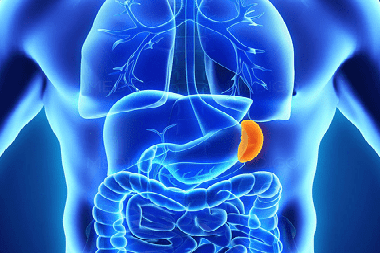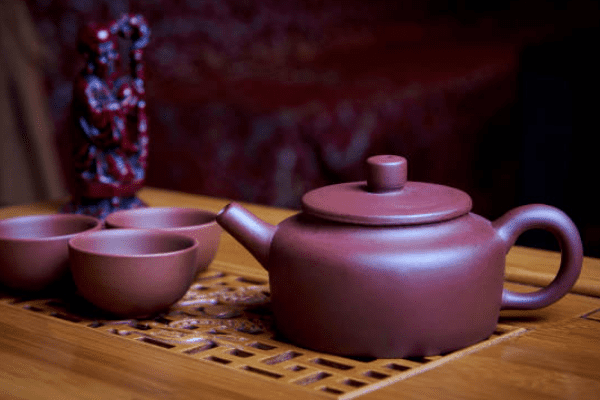Surgery diseases >>>> Spleen infarction - signs and treatment options
Spleen infarction - signs and treatment options.

The spleen is an important organ of the immune system and hematopoiesis, which in itself is rarely a source of disease (for example, in congenital pathology), but most often it turns out to be a target in various infectious and inflammatory diseases.
One of the most common phenomena that speaks of the pathological state of the spleen is spleen infarction. Clinical symptoms of a splenic infarction do not always clearly indicate a critical state of the organ, for this reason, the diagnosis of a spleen infarction is carried out on the basis of patient complaints and using a hardware examination of the organ (ultrasound, MRI, CT, puncture tests).
Signs spleen infarction:
- the spleen is located behind the stomach and to the left of the center of the body, and therefore the pain symptom is localized in the left hypochondrium;
- the pain is acute and radiating to the left shoulder or under the left shoulder blade, to the lumbar region;
- general health deteriorates (weakness, nausea, temperature);
- the rhythm of the heartbeat is disturbed in the direction of acceleration;
- symptoms of gastrointestinal disorders are observed (diarrhea, constipation, flatulence, urge to vomit is possible);
- on palpation, there is pain and an increase in the size of the organ.
With a spleen infarction, necrotic changes in the parenchyma occur in the organ, associated with the cessation of blood supply to a separate area or areas of the spleen tissues. The reasons for the lack of blood flow to the organ, ischemia of the spleen tissues, can be different:
- collapse of the walls of the artery (complete or partial), supplying blood to the spleen;
- trauma to the blood vessels of the spleen;
- thrombosis or embolism of the vessels transporting blood to the organ;
- violations of the rheological properties of blood, affecting its fluidity;
- diseases of the vascular wall of the splenic blood vessels;
- vasospasm as a result of infectious toxic shock;
- hemolytic malignant pathologies;
- compression of blood vessels as a result of the growth of tumors, cysts;
- mixing and rotation of the spleen around its axis, constricting transport blood vessels.
Spleen infarction is a dangerous condition that can remove an organ from a working state in part or completely. Treatment of splenic infarction with extensive necrotic lesions of the spleen parenchyma requires surgical intervention in order to excision a part of the affected organ or remove the spleen completely. The operation is performed by the laparoscopic method.
With small foci of necrotic lesions of the spleen, conservative treatment is carried out - anticoagulant drugs, antimicrobial drugs, pain relievers, detoxification of the body. Small necrotic foci are scarred after a while and allow you to lead a normal life with a sparing diet, dosed physical activity and prevention of chronic diseases that can cause pathological conditions of the spleen.

Read

Read


























